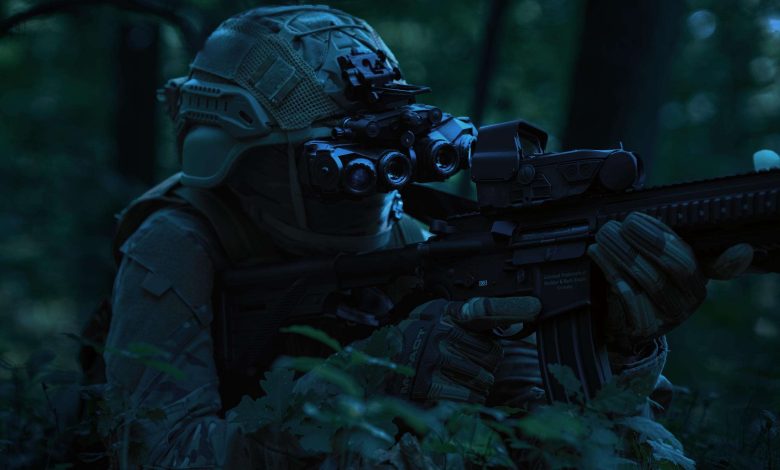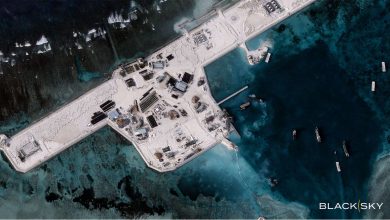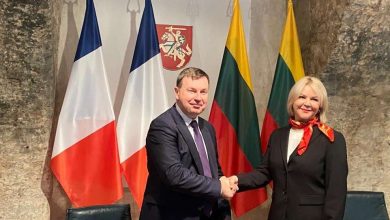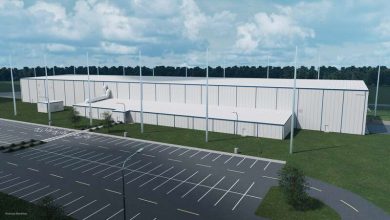
Thales Introduces Groundbreaking Panoramic Four-Tube NVG at SOFINS 2025
The PANORAMIC night vision goggles deliver a field of view nearing that of the human eye, significantly boosting situational awareness in dim-light environments. Featuring four tubes rather than the traditional two, soldiers can swiftly observe their entire operational area without the need to turn their heads, thus enabling quicker reactions to possible dangers in their peripheral vision.
PANORAMIC’s proprietary design provides the ultimate blend of efficiency, ergonomic build, and compactness currently obtainable in the global marketplace. Weighing merely 740 g and maintaining a width comparable to that of a soldier’s helmet, it also incorporates the standard helmet flip-up functionality. Each external tube operates independently and switches off automatically to ensure stealth. Crafted for optimal energy efficiency, this groundbreaking device is powered by batteries, with an optional external battery pack available for extended usage.
The PANORAMIC night observation device is fully compatible with night optics including the XTRAIM weapon sight. It presents a compact yet sturdy design tailored to integrate future technologies and features, and comes equipped with an enhanced maintenance protocol to optimize operational readiness.
PANORAMIC was showcased for the inaugural time at the 2025 edition of SOFINS, further exemplifying Thales’s three-decade legacy of innovation in the creation and advancement of night observation solutions, tailored to meet the diverse needs of land forces personnel.
Specifically crafted for special operations units and elite forces in France and across the globe, the PANORAMIC goggles are completely manufactured in France and are ITAR-compliant.







